My admittedly terrible memory means that I learn and create new dishes by experimenting in the moment. I enjoy thinking visually about food and break down dishes into their simplest components (texture, color, freshness of ingredients...) to create cohesive dishes. I use food and cooking as a way to create spaces where people can share stories and gain a sense of creative confidence.
I am inspired by my grandmas and mom everytime I cook.

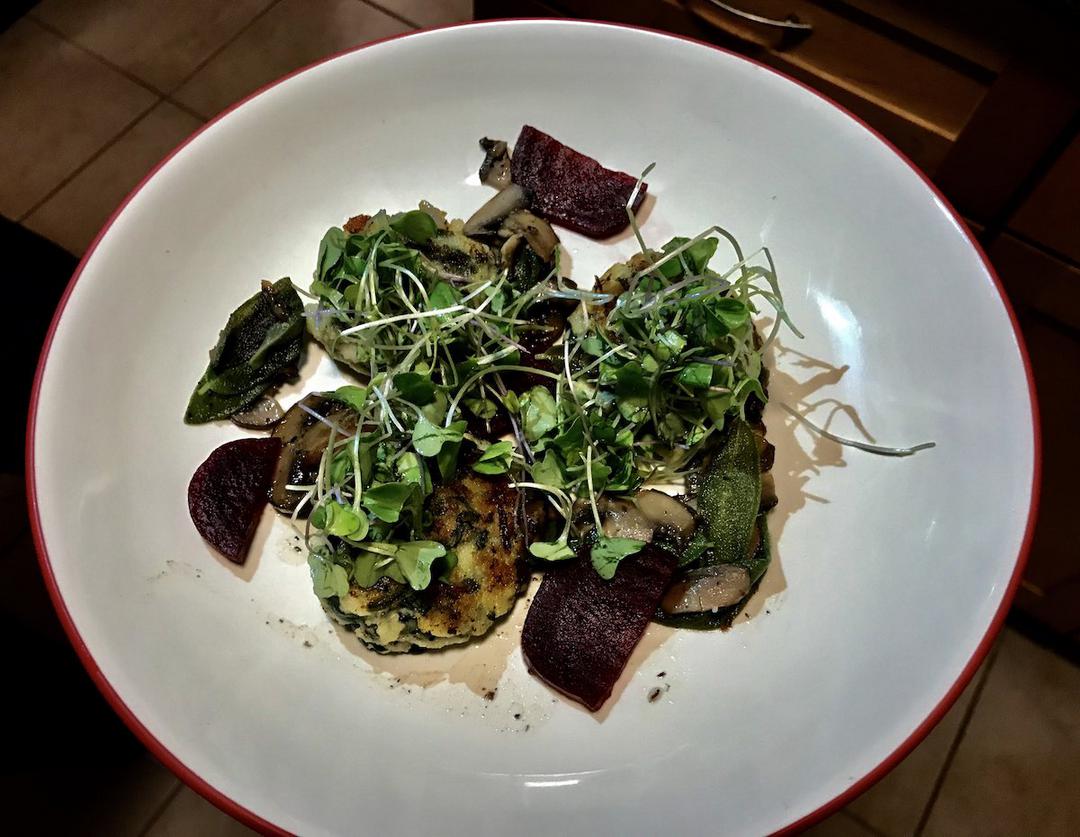
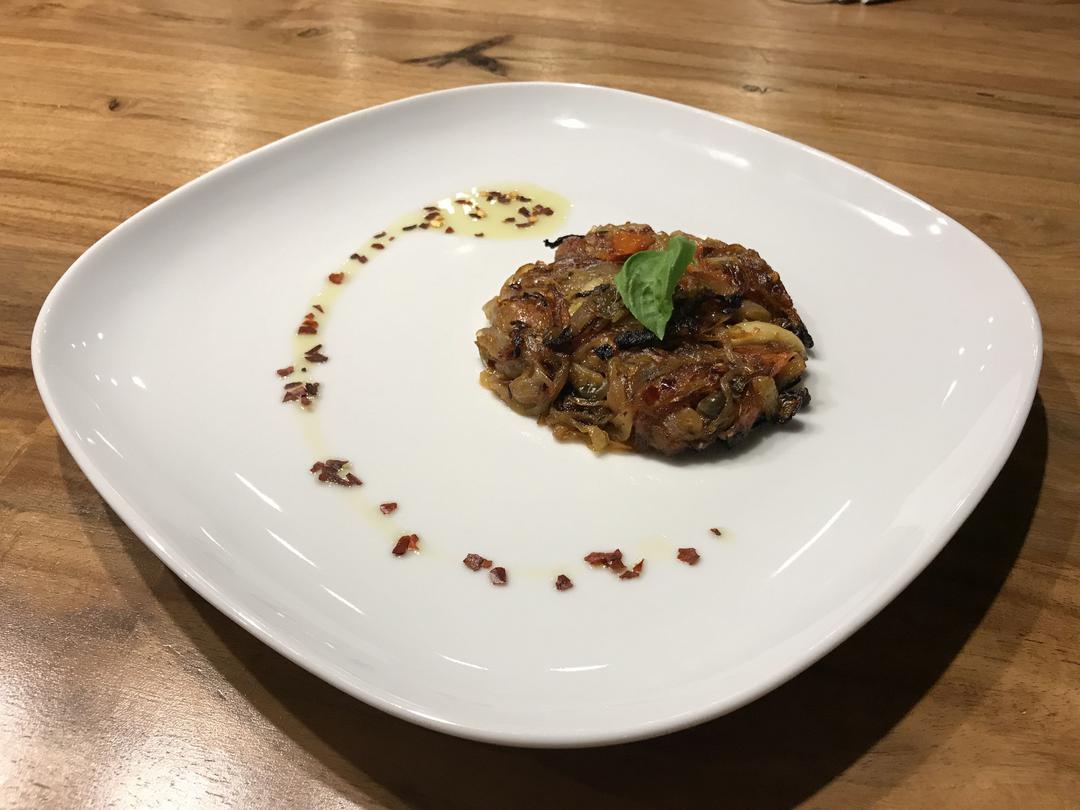
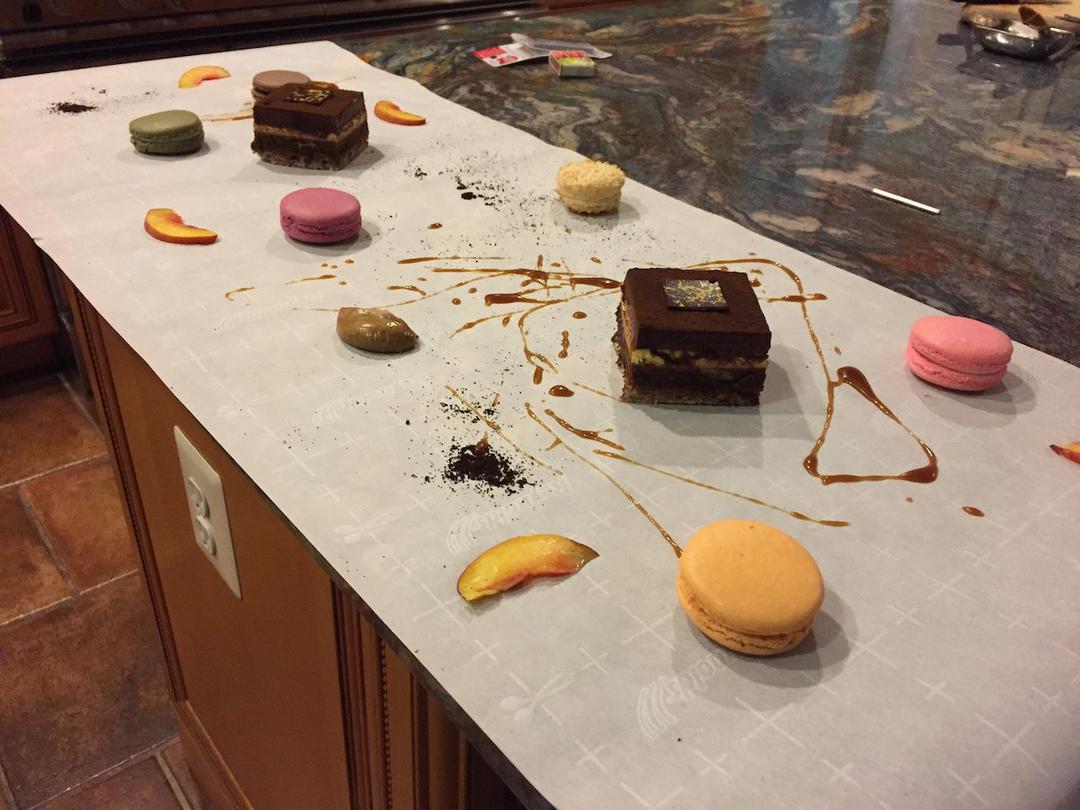

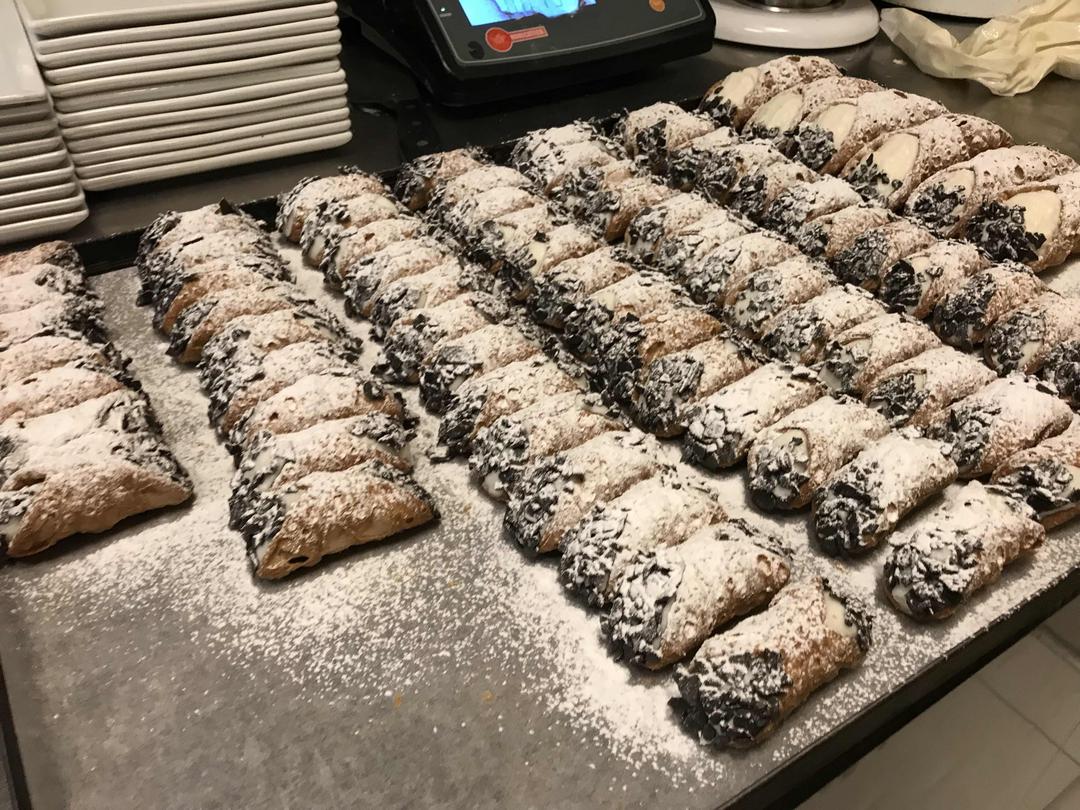
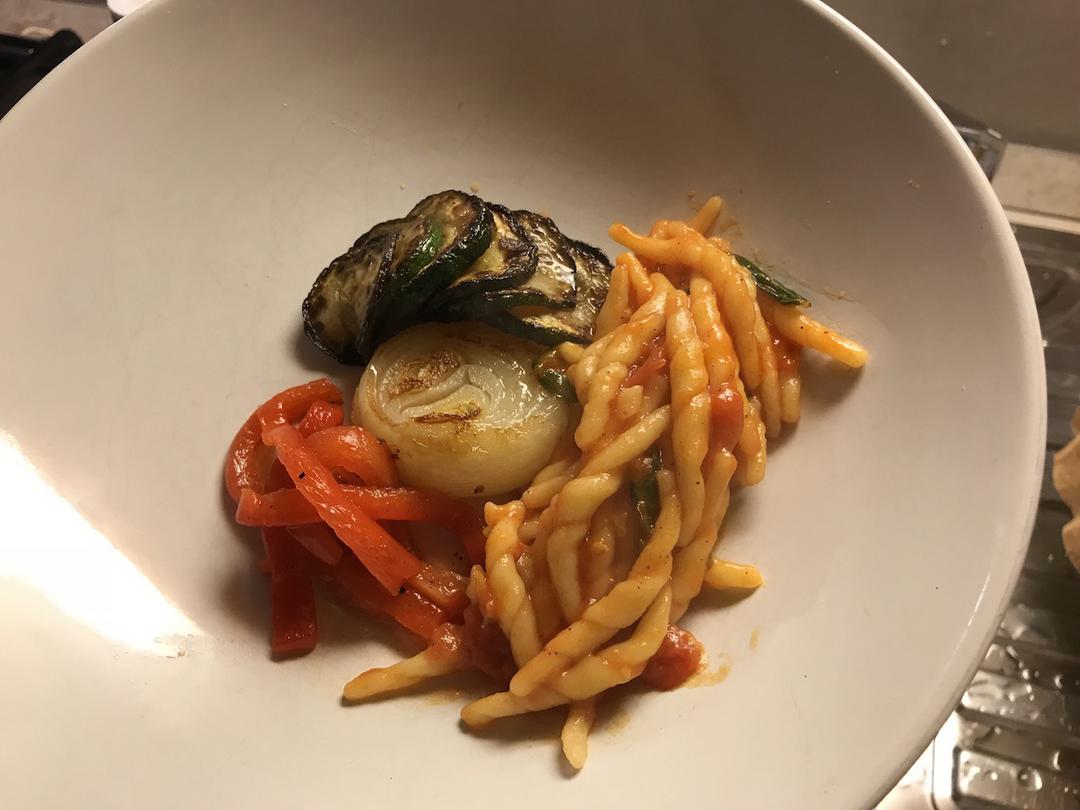
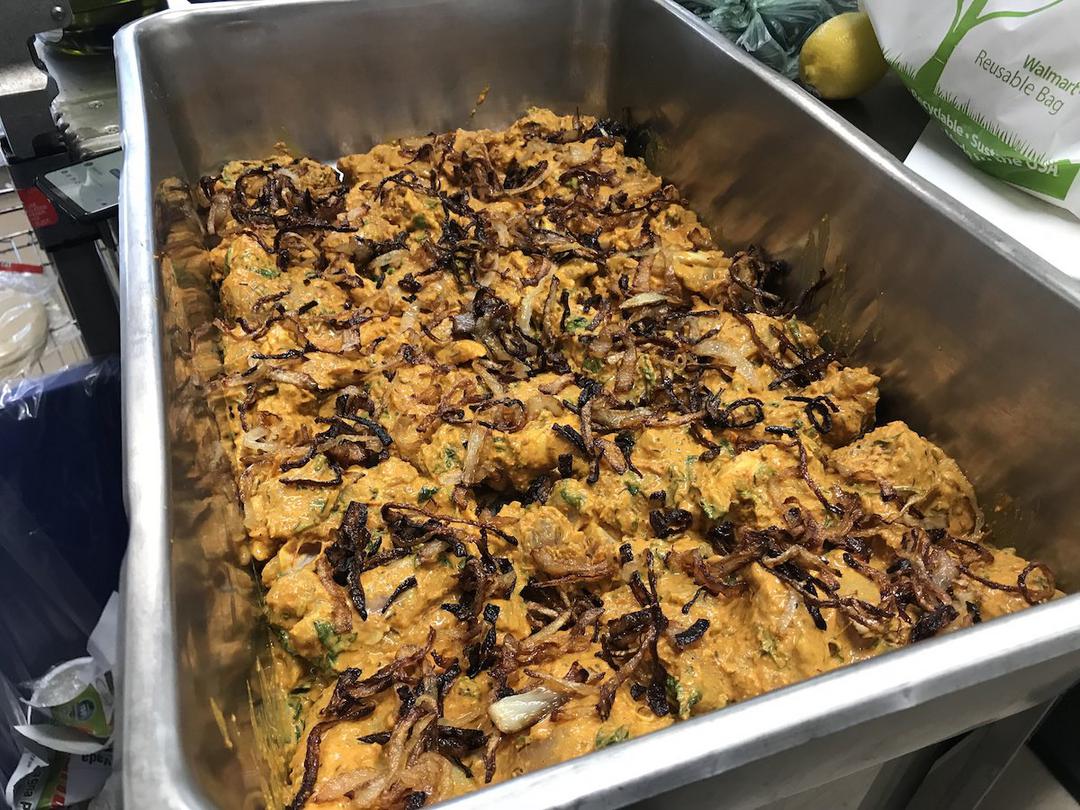
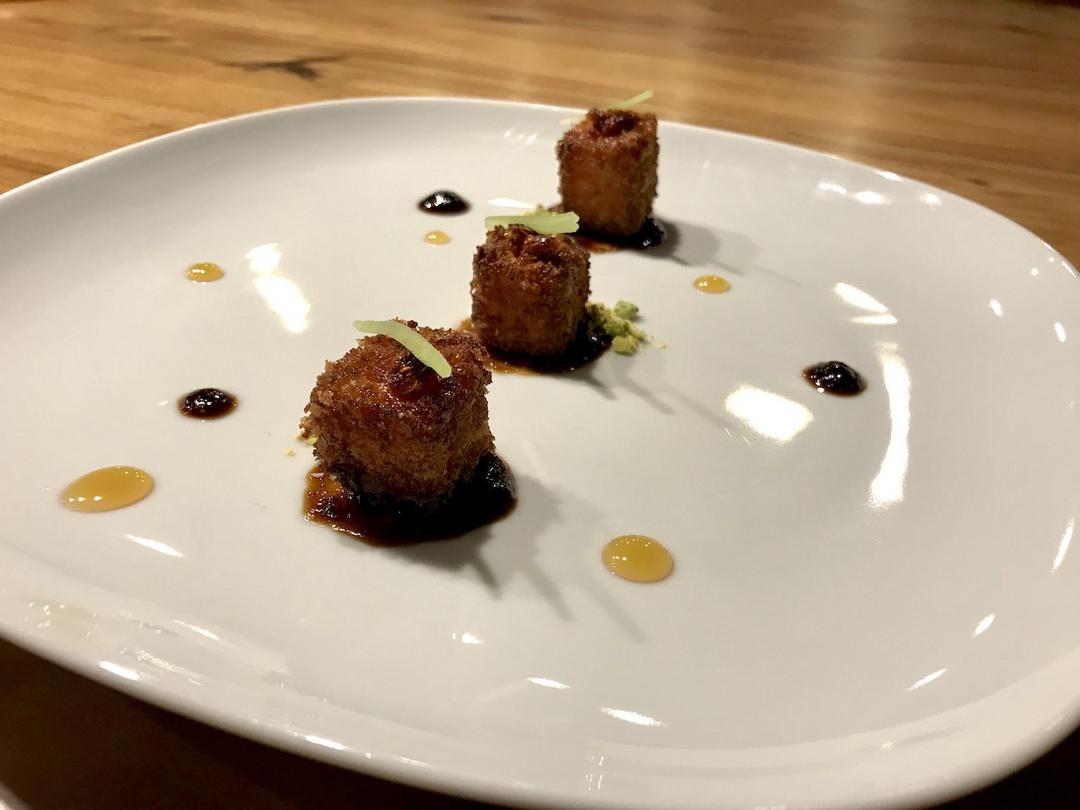



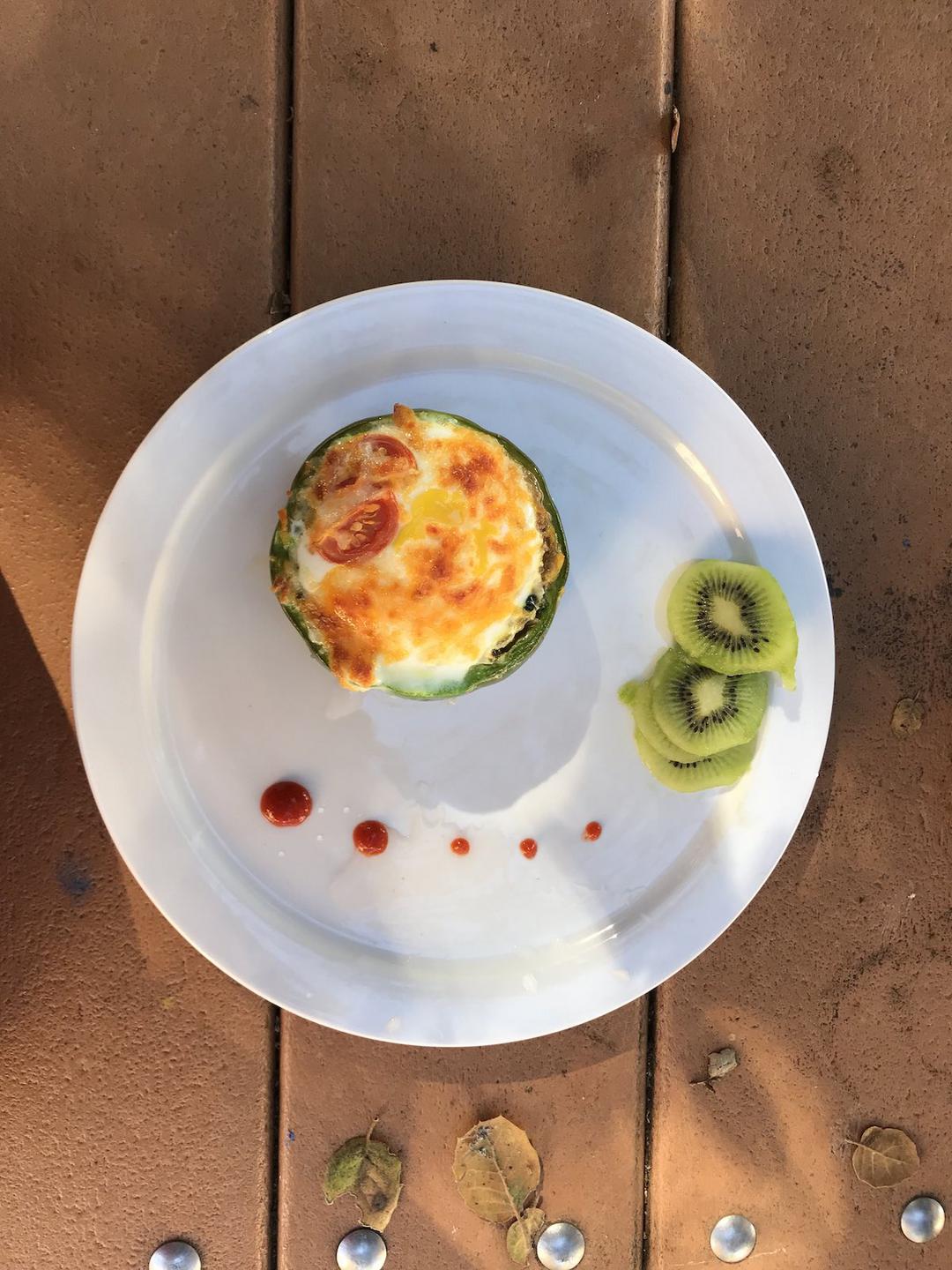


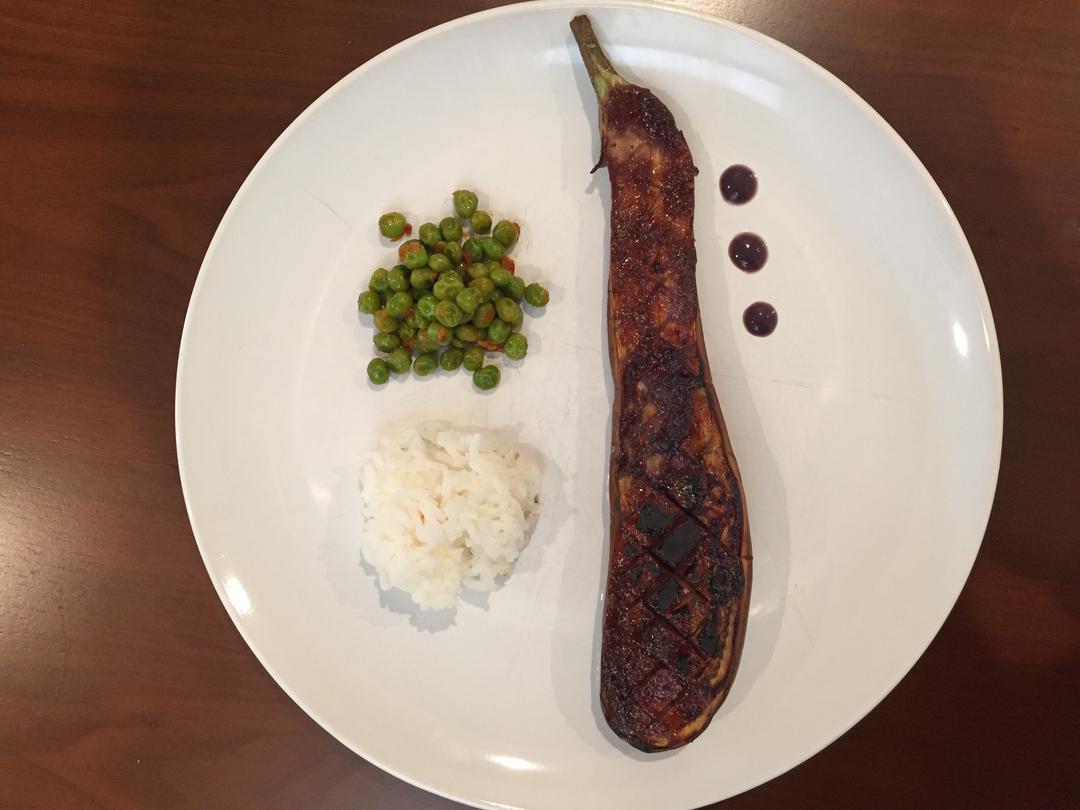

In the Center for Design Research at Stanford is a group of food designers, scientists, and enthusiasts that conduct research led by Dr. Soh Kim. We work with students and industry experts to understand trends in the food space, research extreme user groups, and design provocations for new interactions with food.
We also host an annual conference called FoodInno.
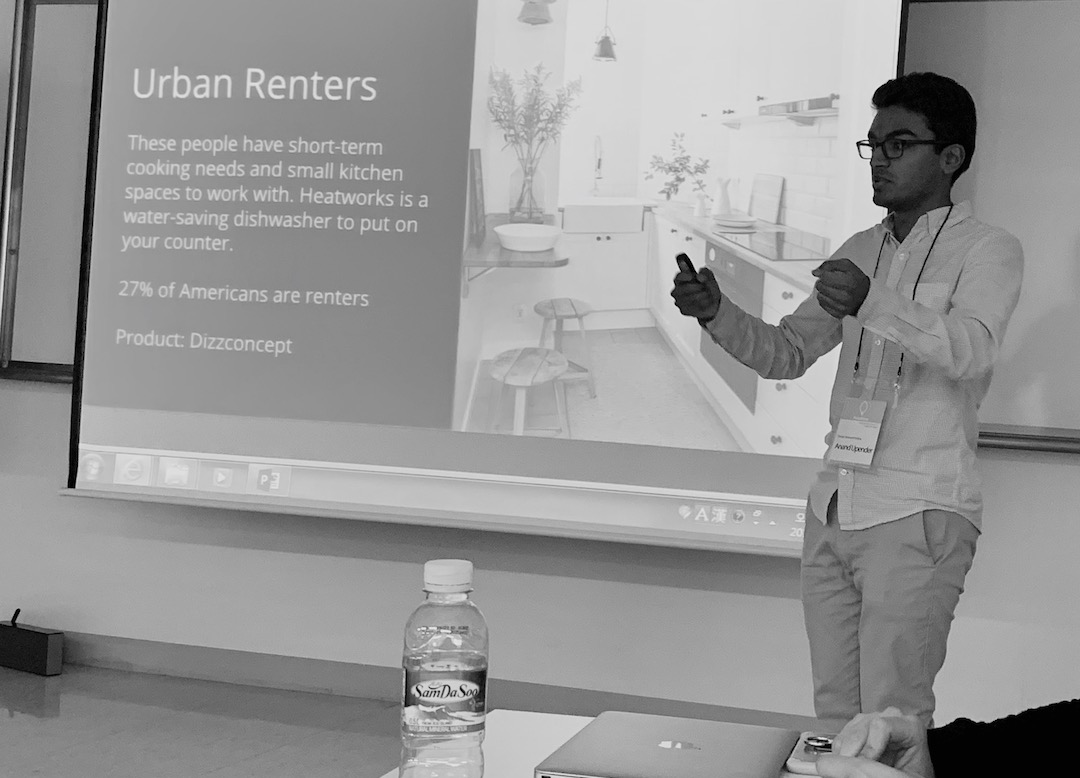
We are building prototypes to tackle the learning curve many Americans face when they move into their first home and need to cook regularly. Our main finding was that new cooks follow recipes to the tee to remove blame from themselves whereas more experienced homecooks improvise with ingredients freely. We want to get people to that confidence earlier. We have a hunch that this beings with redesigning the recipe, making it more dynamic and context-aware.
In 2019, I was able to direct the fourth annual Food Innovation summit at Stanford. Click the image to read the case!
As an independent study with Professor David Kelley, I decided to completely understand what was different between young people (15-21) who say they can cook and those who say they will "burn water." I created a framework of gaining intuition that I used to explain how meal kit delivery services act as a band-aid on a larger problem of how hard it is to experiment with flavors. I proposed the concept of "base recipes" or building blocks that people can learn and then experiment on top of after. It may be harder to learn the perfect chicken picatta from a recipe than to learn how to cook chicken and then realize that you can add tomato, soy sauce or capers to make three different dishes.